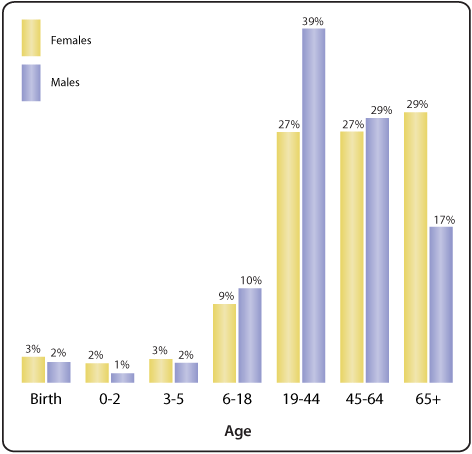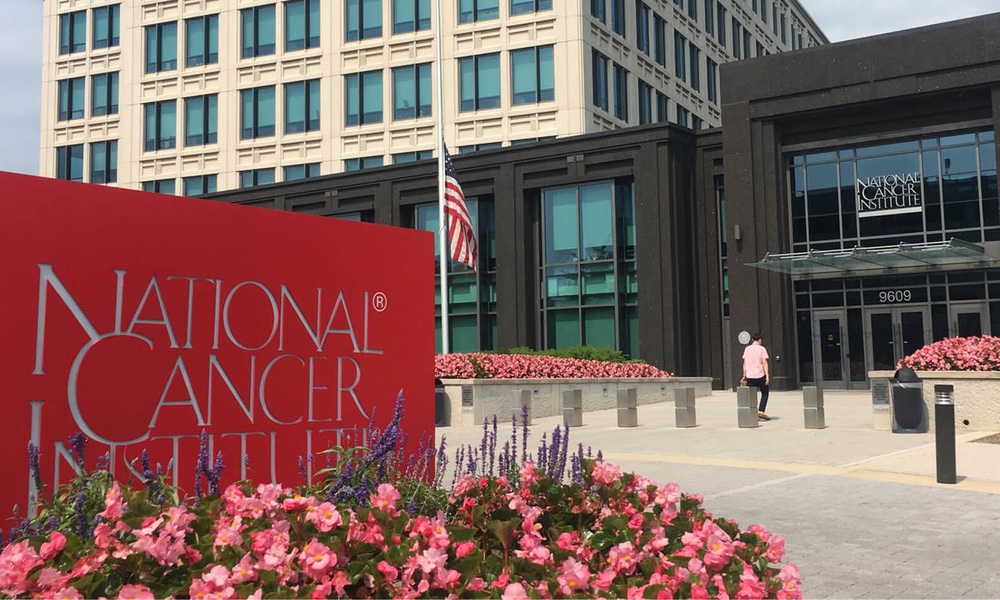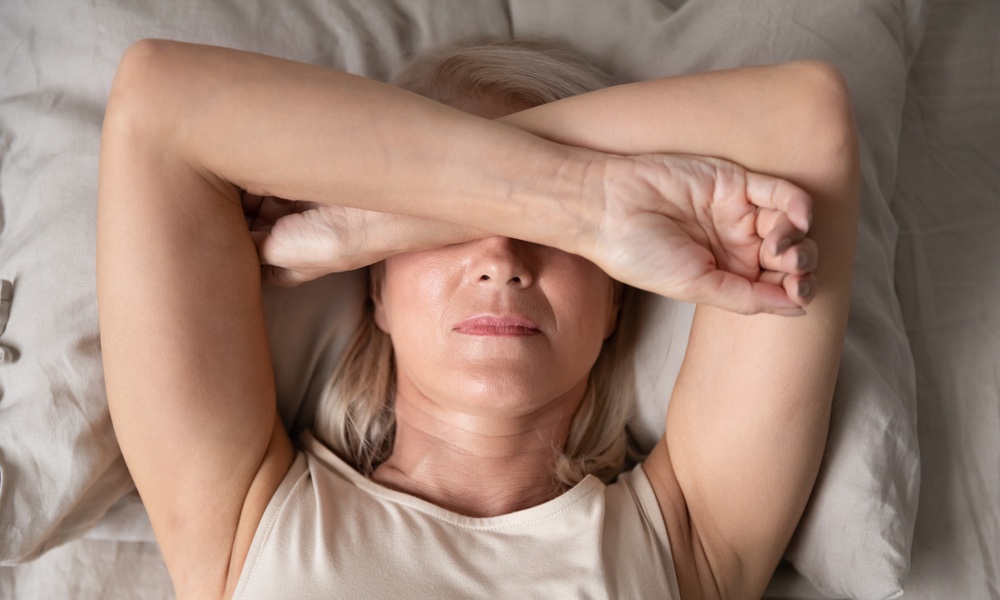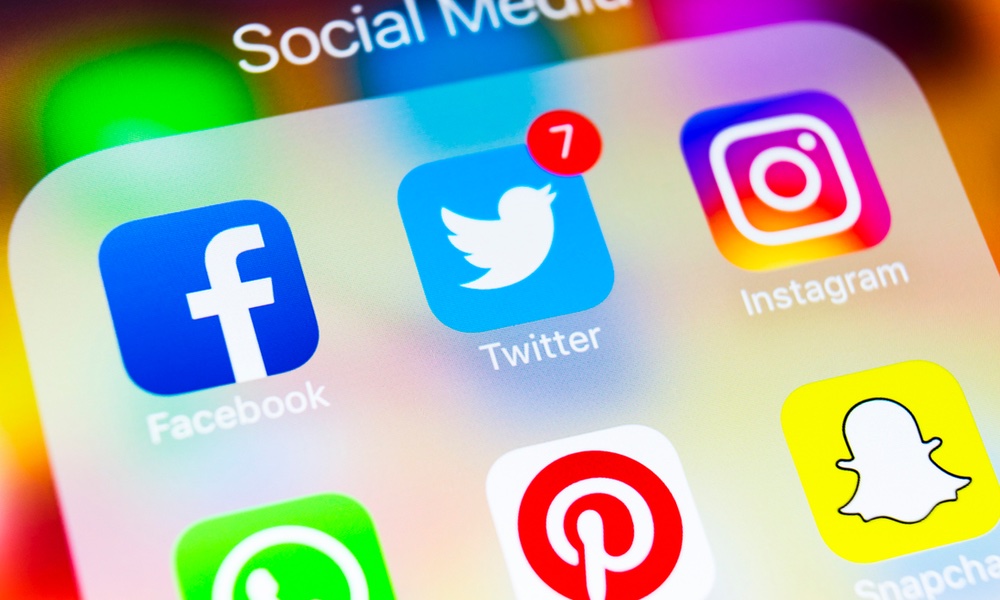If you are the parent of a child who seems to have sprouted headphones overnight, or plays video games at loud volume, or who listens to TV so loud you can hear it throughout the house, you should take a look at new website on hearing loss. The recently launched website, It's a Noisy Planet, does superb job of meeting the informational and educational needs of adults and 8−to 12−year olds on the subject of Noise Induced Hearing Loss (NIHL).
Loud sounds damage those hair cells, turning a lush 'pasture' of these hair cells into a burned−out wasteland...
Parents are often not aware of the level of noise our children are exposed to. And those who are aware of the dangers may be uncertain how to get their children to take the risks seriously. The site has useful areas for both children and parents and offers free materials, including handouts and posters for parents and educators.
To picture the danger it helps to understand just how we hear. The sound waves generated in our environment are picked up by tiny hair cells that translate and transmit those reverberations into something that the brain can process. Loud sounds damage those hair cells, turning a lush "pasture" of these hair cells into a burned−out wasteland, much the way a fire destroys a field. Once the cells are damaged, they cannot grow back.

Parents and children learn in different ways. Some benefit from highly factual presentations, some from more lighthearted approaches, some from links and references to further in depth exploration of topics. Finding the time and the approach to deliver a health related message to our children can be challenging. Getting them to listen can be even harder.
That is why the site emphasizes "teachable moments" which give real−world meaning to the information and its implications. For example, rather than yelling, "Turn that music down!" it is much easier to get your child to listen to your warning about the dangers of loud noise when an ambulance goes by, or you are mowing the lawn or using loud power tools. The discomfort associated with those loud sounds, which are likely have you both wincing or putting your fingers in your ears for protection, is the teachable moment when your child will understand immediately that sound can cause damage to the ears.
Another strength is the site's section about hearing protectors that addresses how to effectively present the idea of using earplugs and headphones to children who routinely worry about peer pressure and personal appearance. Set the example. Use ear protection yourself. When mowing the lawn, let your son or daughter experience how much more relaxing it is when the loud sound is muffled.
The website has something for everyone who works with and cares about children and is educational, clearly written, and contains many useful links. It goes far beyond simply raising awareness of yet another parental challenge. It gives well−researched, developmentally appropriate and accessible information and is worth spending some time exploring.




